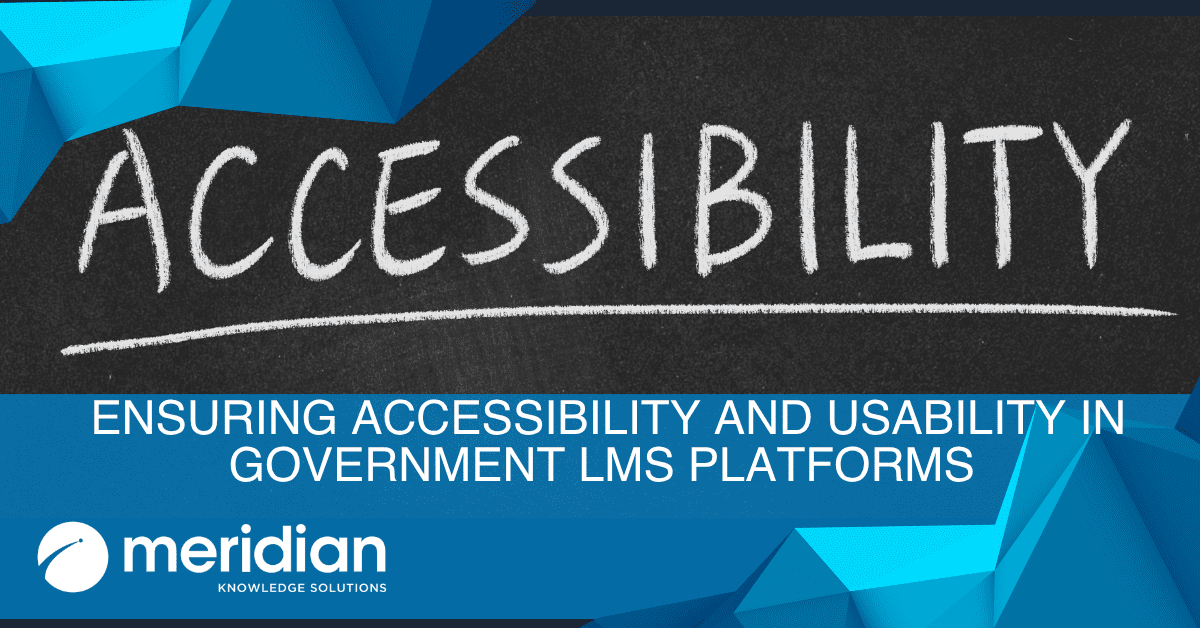
Extensive enterprise training extends training to those outside the organization, making processes more efficient rather than being a burden. A robust learning management system (LMS) allows a diverse population of learners to access relevant training under one interface.
Below are several ways to leverage extended enterprise training to experience the benefits within your organization:
1. Accessibility for Remote Learners
The LMS should be able to create customizable learning environments through multiple domains. Multi-domains allow personalized course material recommendations for users in different organizations, departments, or roles. Additionally, it is crucial to have an LMS that provides training for remote learners. Deploying hybrid and remote learning options allows organizations to reach larger audiences and have a greater impact beyond internal employees. Personalized content and flexible modalities will keep all learners engaged, improve productivity, and achieve business goals.
2. Reduce Costs Through Eliminating Outsourcing
Not all LMSs are created equally, and they can offer different functionalities. This is why most organizations have multiple LMS or may outsource their training programs. Seeking training programs from external sources can pose many challenges for the organization, including the lack of relevant training, cultural differences, and a lack of employee buy-in. An LMS with multi-domain capabilities enables personalized, applicable training programs for internal and external departments.
3. Customer Engagement & Increased Revenue
Learners are informed about your product or service through training for additional populations outside your immediate organization. When customers and partners are better informed about your service, your brand’s credibility increases, and these customers can advocate for your company more naturally. When common goals are established, customers become more engaged, and your organization is more likely to increase revenue.
Organizations must consider the value of extending training to those outside the organization. In doing so, this can reach a larger audience of learners through one user-friendly interface, can ultimately reduce costs that may be associated with outsourcing, and can increase customer engagement and a source of revenue.